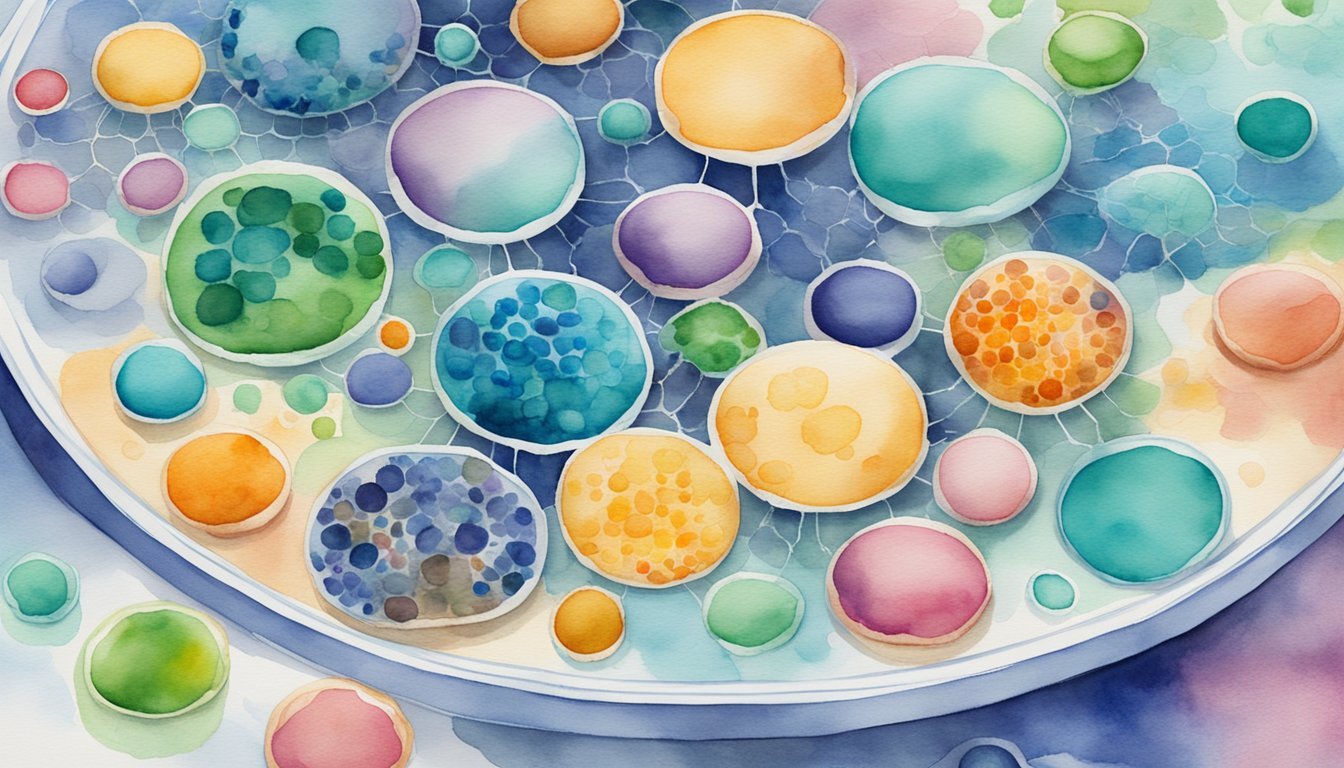Henrietta Lacks: Her Life and Legacy
The Origin Story
Henrietta Lacks was born on August 1, 1920, in Clover, Virginia. At the age of 30, she began experiencing health problems, including a lump on her cervix and vaginal bleeding, which led her to seek treatment at Johns Hopkins Hospital in Baltimore, Maryland. After a thorough examination, doctors diagnosed Henrietta with cervical cancer.
Medical Contributions and Impact
During her treatment at Johns Hopkins, a sample of her cancer cells was taken without her knowledge or consent. These cells, later named “HeLa” cells, were found to be immortal, meaning they could divide indefinitely in a laboratory setting, which was a scientific breakthrough. As a result, HeLa cells have been used extensively in medical research, leading to major advancements in areas such as vaccinations, cancer treatments, and cell biology. To this day, HeLa cells continue to be an invaluable tool for scientists worldwide.
The book The Immortal Life of Henrietta Lacks by author Rebecca Skloot, as well as a film adaptation produced by Oprah Winfrey, helped bring widespread attention to Henrietta Lacks’ life and the impact of her cells on modern medicine.
Ethical Discussions and the Lacks Family
The fact that Henrietta Lacks’ cells were taken without her knowledge or consent raised numerous ethical questions around informed consent, privacy, and racial injustice, as Henrietta was a Black woman who received treatment at a time when hospitals often took advantage of poor and minority patients. These ethical discussions have led to important reforms in medical research, with guidelines now in place to ensure that patients have the right to make informed decisions about their own bodies.
The Lacks family was not made aware of the use of Henrietta’s cells in research until decades after her death. Since then, they have been advocates for raising awareness about Henrietta’s story and the importance of ethical medical practices. The Henrietta Lacks Foundation has been established to provide financial assistance to individuals and families who have made important contributions to scientific research without personally benefiting from those contributions.
Henrietta Lacks passed away on October 4, 1951, and was originally buried in an unmarked grave in Clover, Virginia. Thanks to the efforts of her family and Rebecca Skloot, a headstone was placed on Henrietta’s grave in 2010, recognizing her important contributions to medical science and her impactful legacy. The HeLa cells derived from Henrietta’s tissue have been declared dead but still alive in laboratories worldwide, continuously dividing and contributing to groundbreaking medical research. Her immortal cells have played a crucial role in developing vaccines, cancer treatments, and innovations in genetics. Today, Henrietta Lacks is honored not only for her scientific contributions but also for the ethical discussions her story has sparked in the medical community.
HeLa Cells: Scientific Breakthroughs and Challenges

Discovery and Characteristics of HeLa Cells
In 1951, a researcher named Dr. George Gey at Johns Hopkins Hospital obtained a sample of cancerous cells from a patient named Henrietta Lacks. This led to the discovery of the HeLa cell line, which became known for its unique ability to survive and proliferate in laboratory settings. HeLa cells were the first immortal human cell line, meaning they could continue dividing indefinitely in a petri dish. This notable characteristic is attributed to their extremely long and active telomeres, which play a crucial role in cell division.
Groundbreaking Research and Vaccines
HeLa cells have been foundational to numerous scientific breakthroughs and advancements. One of their earliest contributions was in the 1950s when they were used to develop the polio vaccine. Since then, their importance in medical research has continued to grow. The HeLa cell line has been employed in the study of cancer, infectious diseases, drug development, and gene mapping, among others. They have even been used to study the effects of zero gravity on human cells during space missions. More recently, HeLa cells have played a role in the development of COVID-19 vaccines.
Notably, research on HeLa cells has also contributed to important discoveries in cancer research. For instance, they were instrumental in understanding the connection between Human Papillomavirus (HPV) and cervical cancer, which in turn led to the development of the HPV vaccine.
Patents, Biotech, and Ownership Controversies
The widespread use of HeLa cells in research has raised some complex ethical and legal questions around consent, ownership, and profits. Henrietta Lacks and her family were not informed about the way her cells were being used in research, sparking a debate over the years about bioethics, bodily autonomy, and the rights of research subjects. Additionally, HeLa cells have been patented, and biotech companies have financially benefited from their research and commercial applications, while Henrietta Lacks’ family did not initially receive any financial compensation or recognition.
Recent changes, such as the Common Rule, have been implemented to address the ethical concerns surrounding the use of human biospecimens in research, ensuring that informed consent is obtained and participants are protected. Nonetheless, the story of Henrietta Lacks and HeLa cells continues to serve as a cautionary tale about the complexities and consequences of scientific advancements.

